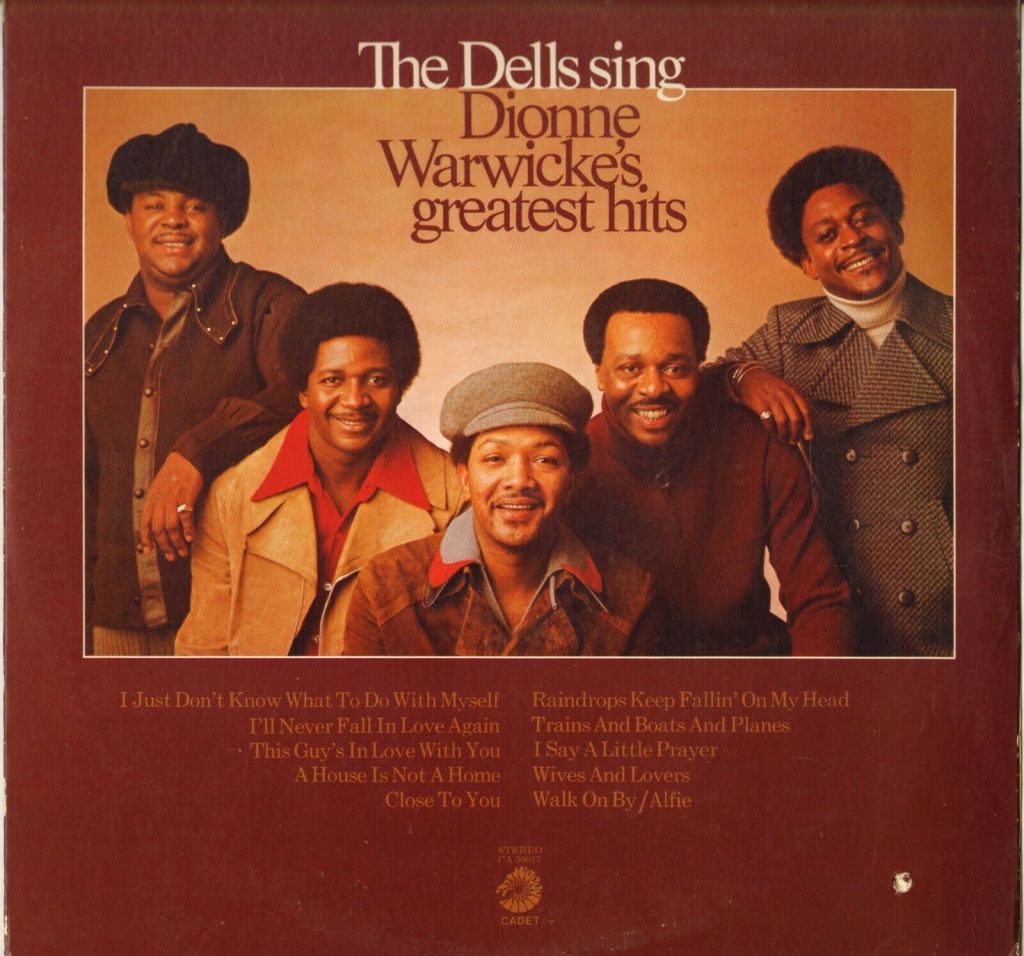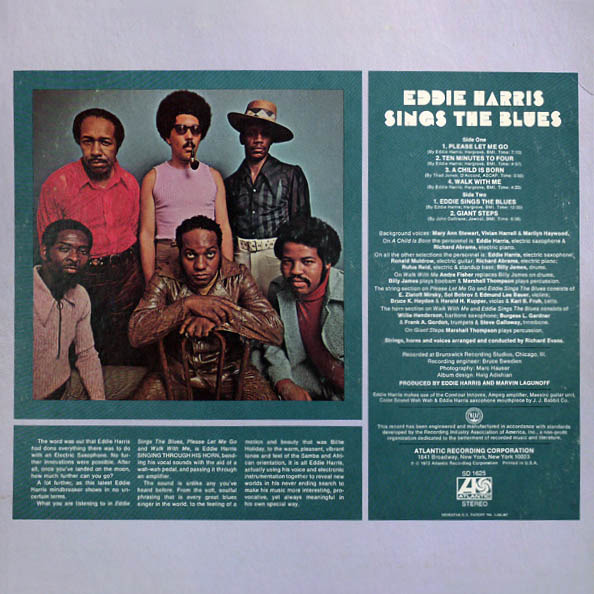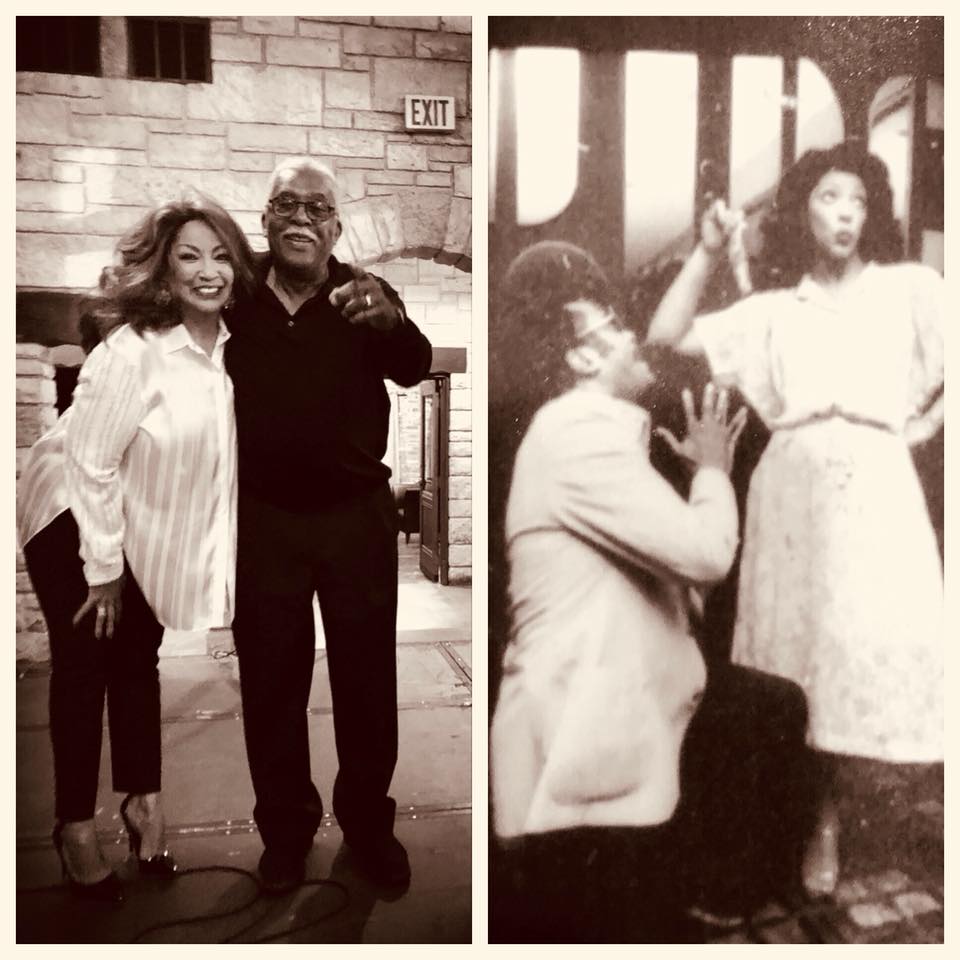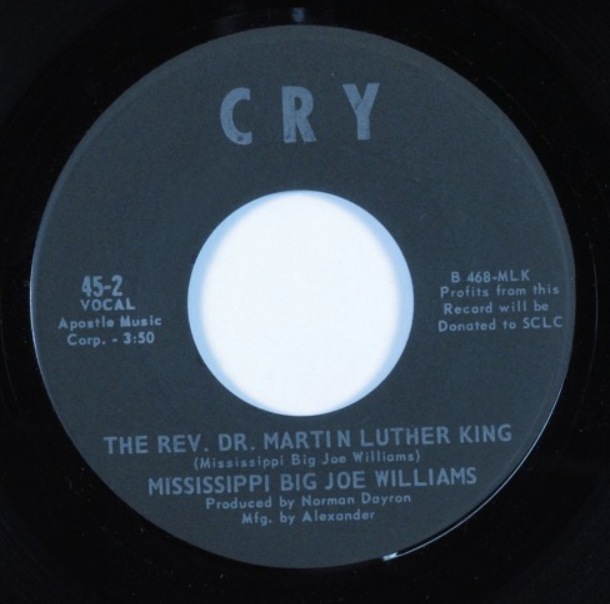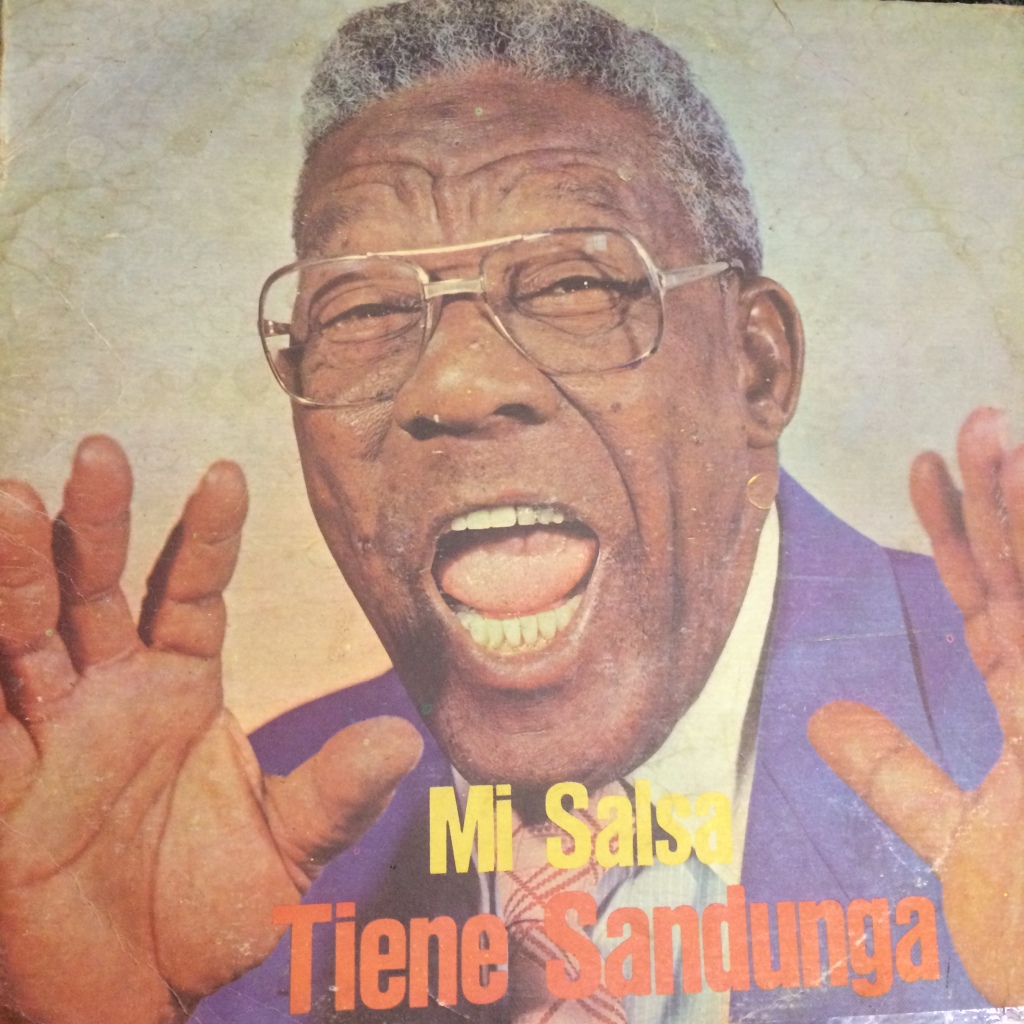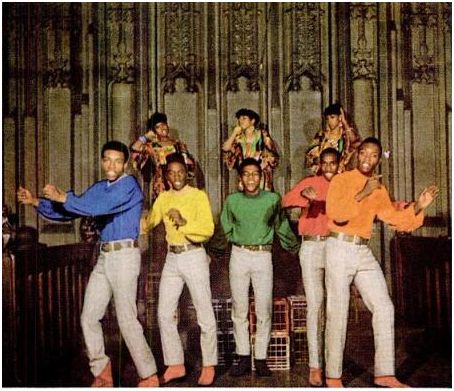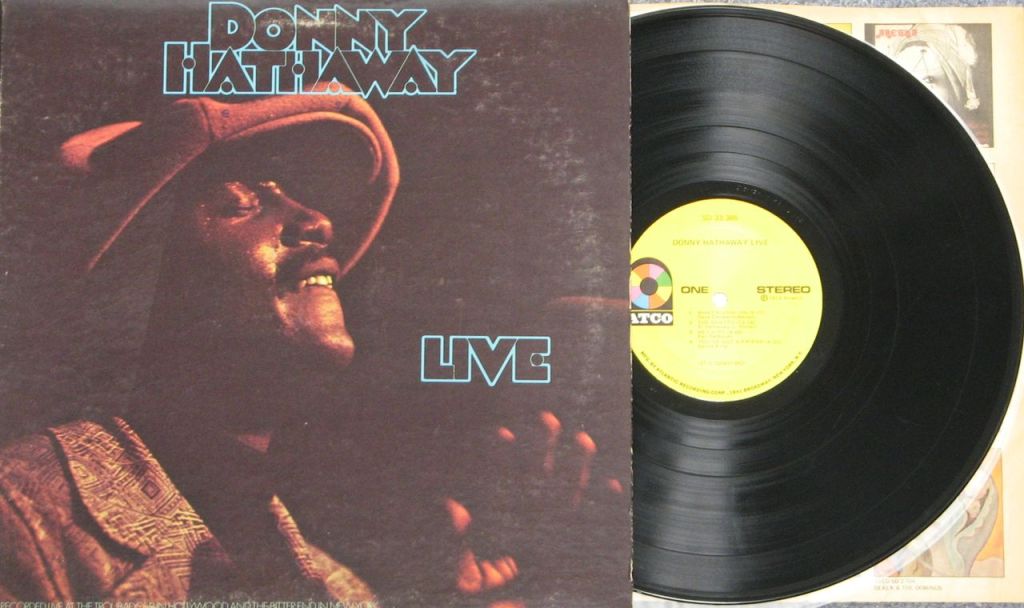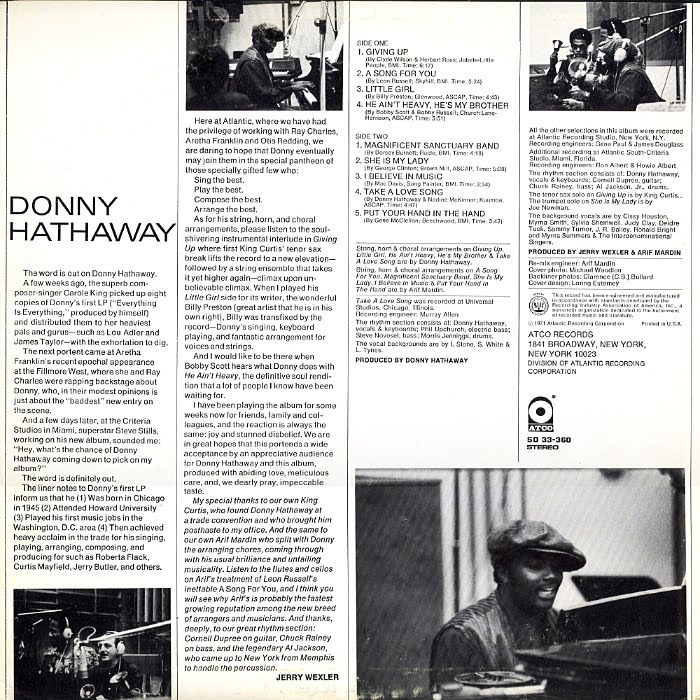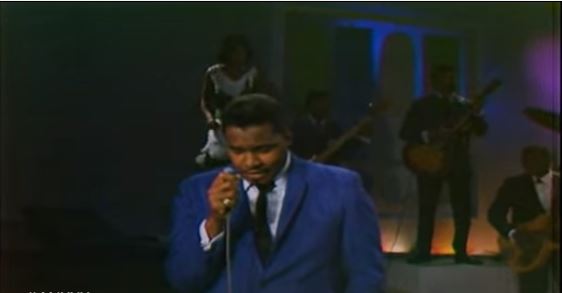Music
-
Charles Stepney in Full Flower
Ayana Contreras Recorded January 26, 1972 at RCA Studios in Chicago, The Dells sing Dionne Warwicke’s Greatest Hits is an album that features nearly a dozen of Charles Stepney’s magical reimaginings of Burt Bacharach/Hal David compositions. On the as-released version of the album, idiosyncratic Dells baritone Marvin Junior growls pleasingly (in concert with the rest…
-
Eddie Sings The Blues
Chicago saxophonist Eddie Harris is perhaps best remembered as an unabashed experimentalist, famously playing the Varitone electronic saxophone on albums like Plug Me In (1968). He also utilized an early tape looping mechanism (now so en vogue) on 1969’s Silver Cycles. So, Eddie Harris Sings The Blues (1972) stands less as an outlier than as…
-
Ayana Contreras Shares Her Mid-Year Best of Chicago Music 2019
Ayana hosts Reclaimed Soul on Vocalo and WBEZ and co-produces Sound Opinions on WBEZ. She also can’t stop digging… Top Chicago Releases of 2019 This has been an incredible year for Chicago music, so far. Here’s a short list of releases I’ve fallen for: The Oracle – Angel Bat Dawid (International Anthem) This woman’s bright and…
-
Linda Clifford and Richard Steele on Reclaimed Soul Live 2018
A tribute to classic Chicago radio station WJPC (Ebony/Jet’s radio station) hosted by Reclaimed Soul host Ayana Contreras with former WJPC program director Richard Steele, an interview with Chicago disco/soul legend Linda Clifford (“Runaway Love”, “If My Friends Could See Me Now”). We hear vintage WJPC audio including Richard Steele back in 1974 and Linda…
-
1968: In Wake of King’s Slaying, Black Chicago was Cloaked In Grief, In Song
In April of 1968, an uprising lit up the West Side of Chicago in response to the assassination of Dr. Martin Luther King. Black Chicago had a special connection to the civil rights leader: Dr. King lived on the West Side in 1966, fighting along with the Chicago Freedom Movement for open housing. Reclaimed Soul…
-
Reclaimed Soul: Cuba / Chicago Connections
Okra made the Trans-Atlantic journey on slave ships alongside human cargo. The fact that the fuzzy green seed-laden vegetable is eaten by black folk in the United States is a miracle. A vegetable umbilical cord. But to see okra in Cuba was a metaphor for a very particular shared narrative. One of survival. One of…
-
Maggie Brown on Oscar Brown, Jr. and The Opportunity Please Knock Chorus
Reclaimed Soul’s Ayana Contreras spoke with Jazz vocalist Maggie Brown, daughter of Oscar Brown, Jr. Maggie is passionate about preserving the legacy of her father’s community-engaged artistry. The Opportunity Please Knock Chorus (a creative collaboration between singer/writer/playwright Oscar Brown Jr. and the notorious Blackstone Rangers street gang) premiered 50 years ago. Mr. Brown stated in…
-
Ayana Contreras of Reclaimed Soul talks with Emily J. Lordi, author of Donny Hathaway Live
https://soundcloud.com/vocalo/ayana-contreras-of-reclaimed-soul-talks-with-emily-lordi-author-of-donny-hathaway-live Soul singer/Songwriter Donny Hathaway’s life and untimely death are both shrouded in mystery. Though artists like Stevie Wonder, Amy Winehouse, and Aretha Franklin have called him an influence, there is very little biographical work about him. I sat down with Emily Lordi, author of “Donny Hathaway Live”. Lordi’s recent book uses the album of…
-
Donny Hathaway in Chicago.
Donny Hathaway was born in Chicago and raised in St. Louis. Early in his career, he returned to Chicago. During that time period, roughly from 1968 until about 1971, Donny was very prolific. In this hour of Reclaimed Soul, Ayana Contreras explores Donny Hathaway’s early work arranging and writing for other artists in Chicago: from…
-
Blind Man: Little Milton’s hooked and he can’t let her go.
This is Little Milton. He’s hooked and he can’t let her go. Of this, I am wholly convinced.
